Testing baskets for kids' bikes requires replicating the types of environmental and physical stress they are likely to encounter during typical use. Because children often use bike with basket in varying conditions and may not handle accessories gently, testing protocols should emphasize both weather resistance and impact durability. Below are recommended approaches to evaluate these qualities:
1. Weather Resistance Testing:
UV Exposure Test:
Subject the basket to prolonged UV light exposure in a controlled chamber to simulate sunlight. This assesses fading, brittleness, and material degradation over time—especially important for plastic and fabric baskets.
Water Resistance / Rain Simulation:
Expose the basket to water spray or simulated rain for an extended period to check for water absorption, warping, mold resistance, and the integrity of joints or stitching (for fabric baskets).
Temperature Cycling:
Alternate between hot and cold environments to test how materials react to temperature fluctuations. This is essential for regions with seasonal changes and helps detect cracking or expansion issues.
Salt Spray Test (Optional):
For metal components, especially in coastal areas, this test evaluates corrosion resistance by subjecting the basket to a salt mist over multiple hours or days.
2. Impact Durability Testing:
Drop Testing:
Drop the basket (with and without weight) from various heights onto hard surfaces to simulate falls or sudden impacts. Evaluate structural deformation, cracking, or detachment from the frame.

Vibration and Ride Simulation:
Mount the basket on a bike and place it on a vibration test platform to simulate riding over uneven terrain. This helps verify long-term joint stability and mounting security.
Weight Load Testing:
Load the basket with its rated weight limit (or more for stress testing) and simulate motion to assess its ability to support typical loads without deformation or detachment.
Sharp Impact Testing:
Strike the basket with a blunt object (e.g., to simulate a collision or rough handling) to assess resilience and check for shattering or sharp edges that could pose safety risks.
3. Child-Specific Considerations:
Edge and Corner Safety Check:
Inspect after impact for exposed sharp edges or broken parts that may pose a safety hazard to children.
Toxicity and Material Safety:
For fabric or painted finishes, confirm compliance with safety standards for children's products, such as EN 71-3 or CPSIA, to ensure no harmful chemicals are released under stress or weathering.
A robust testing protocol that combines environmental simulation with mechanical stress evaluation ensures that baskets for kids’ bikes remain safe, functional, and visually appealing under real-world use. These tests are especially important for products targeted at young users, where durability and safety must align with regulatory standards and practical demands.


 0
0


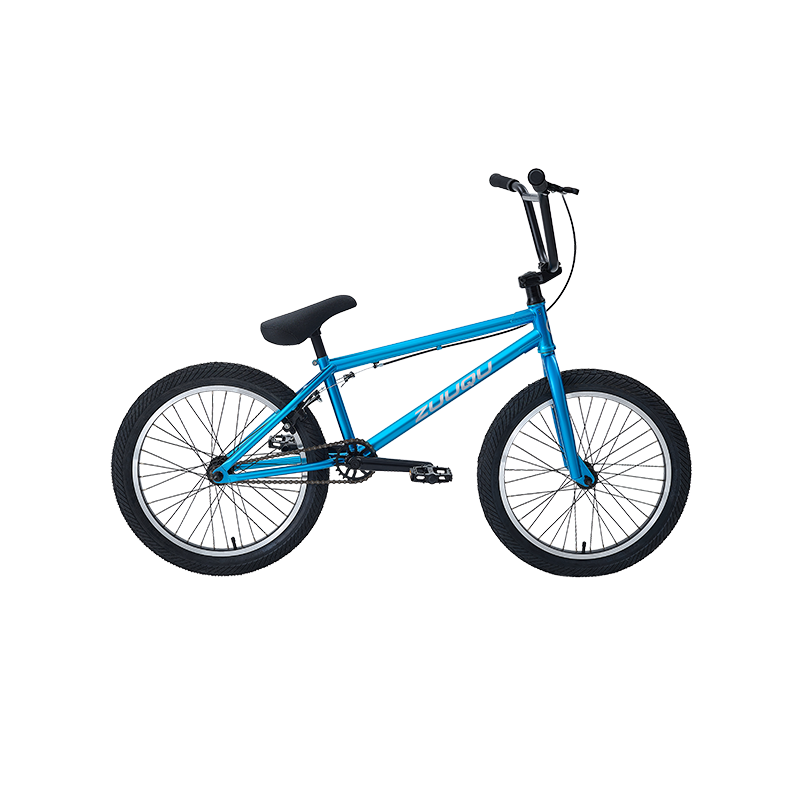

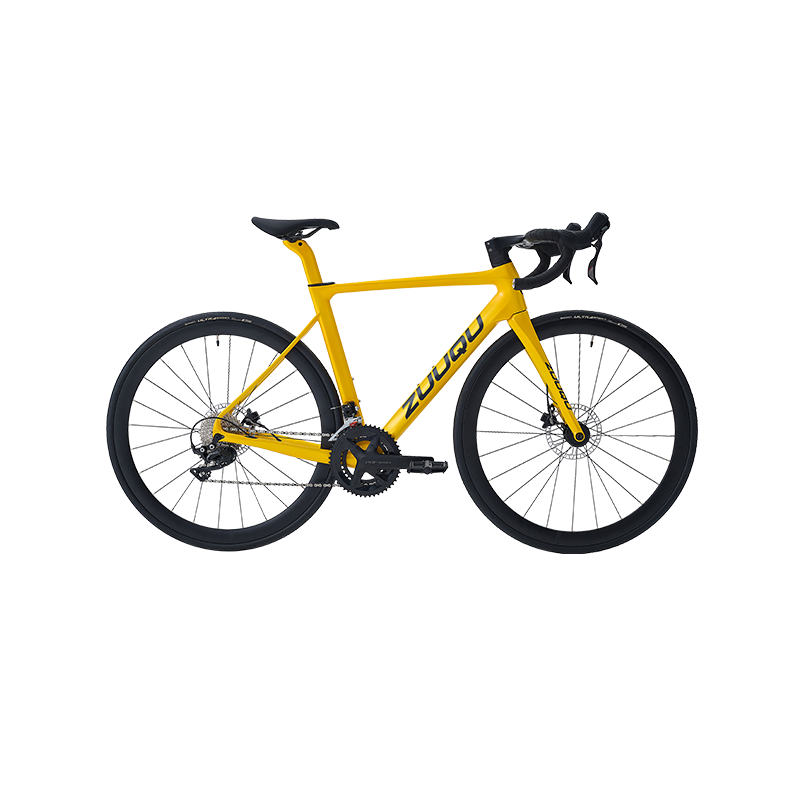
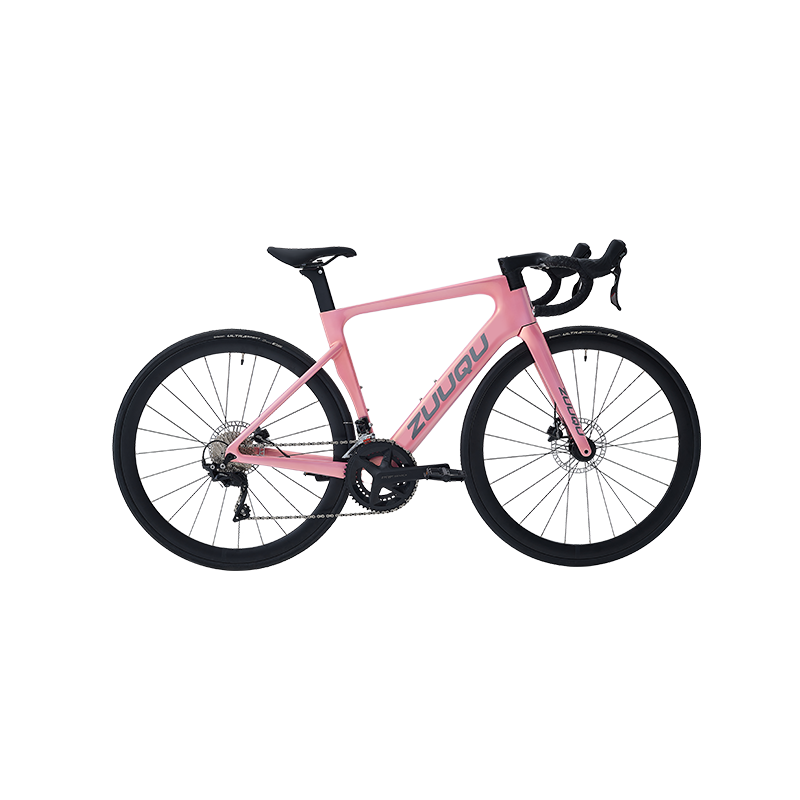
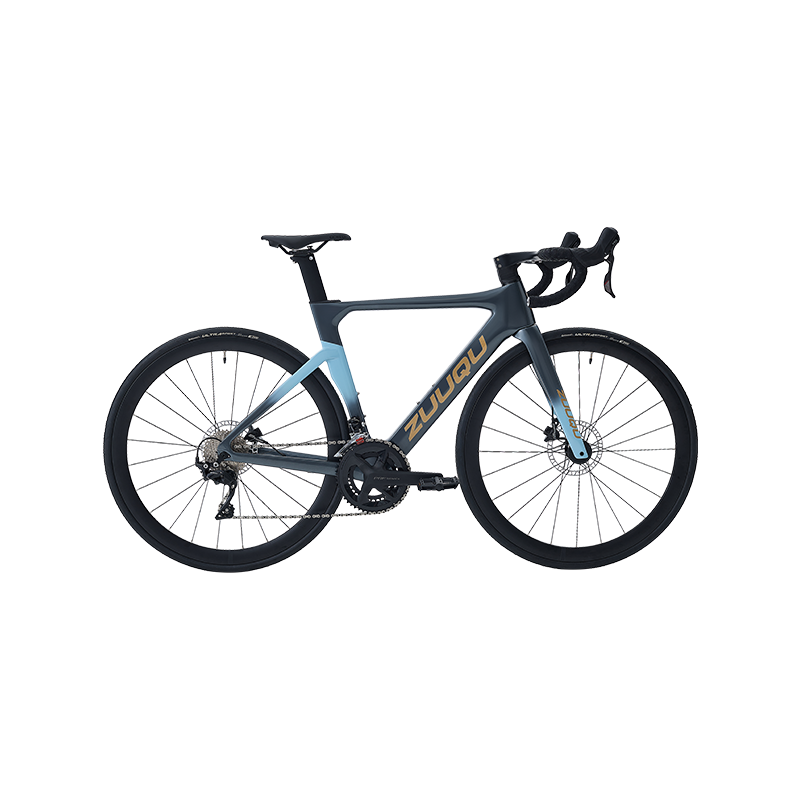
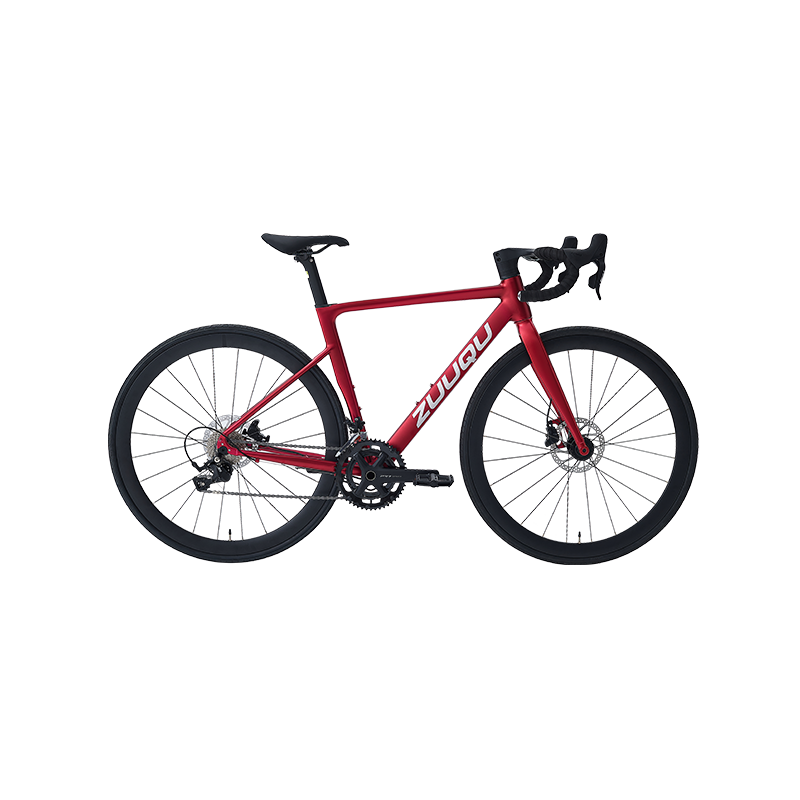
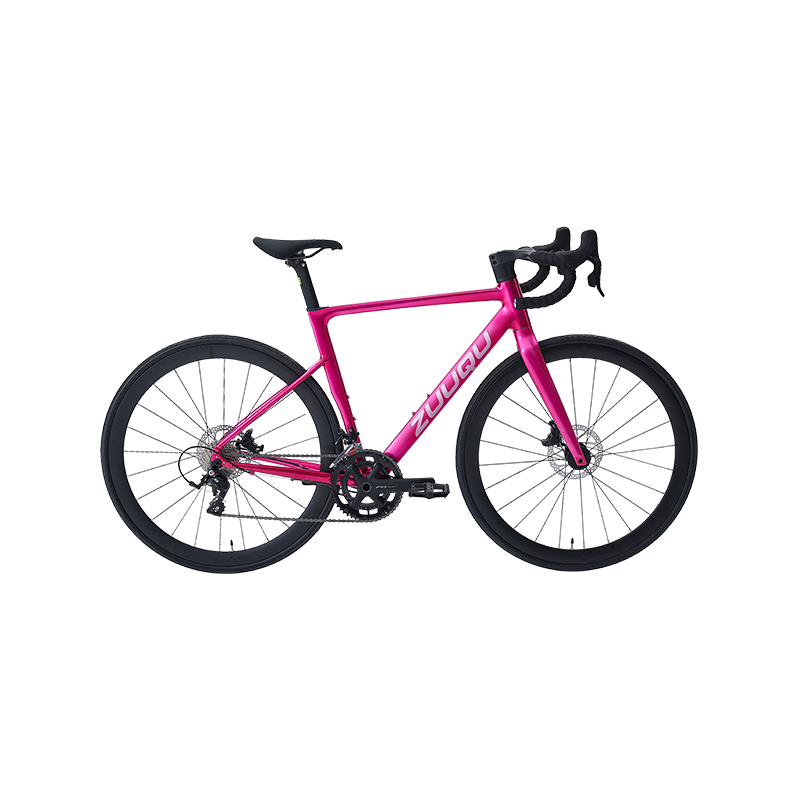

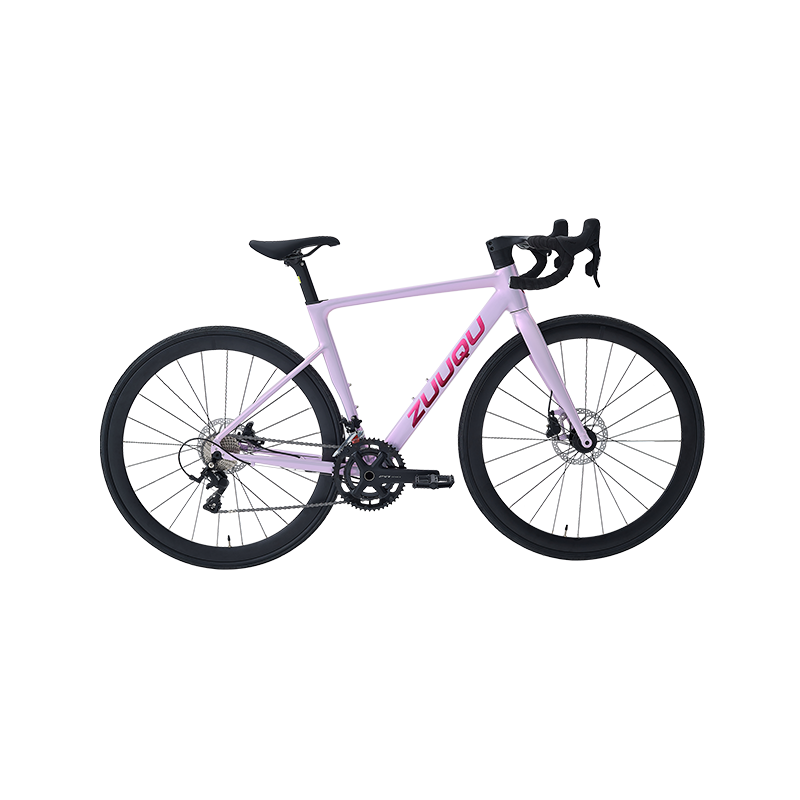
 Linhang industry park, Zhuji,
Linhang industry park, Zhuji,  +86-18858280688
+86-18858280688
